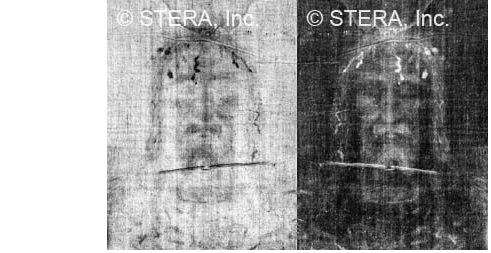READ THIS FIRST!
How was the image produced?
The biggest question surrounding the clear and extremely detailed image on The Shroud Of Turin is "How was the image produced?"
CLICK HERE to see the detailed "Shroud Of Turin scientific facts" sheet
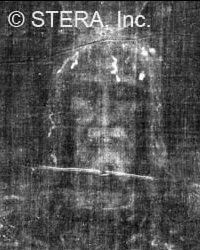
How did he die?
"In summary, the man of the Shroud was crucified the way Jesus was. The comparison of the New Testament and the Shroud image lines up at every point."
G. Habermas and K. Stevenson, "Verdict On The Shroud", p.39
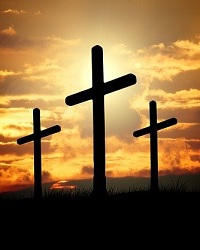
Was the Shroud Of Turin image painted?
"We have found no evidence to suggest that the visible image results from a pigment on the cloth. In this regard, the data are quite internally consistent."
L. Schwalbe and R. Rogers, "Physics and Chemistry of the Shroud of Turin: Summary of the 1978 Investigation," p.53
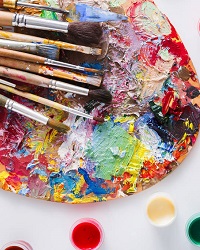
Was the image created through a direct contact?
"(a direct contact) could not have been responsible for generating the Shroud image."
J. Jackson, "A Problem of Resolution," in Stevenson, p.223
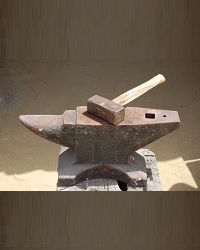
Was the image painted using iron oxide?
"(McCrone's iron oxide theory) was irrelevant to the image formation problem."
L. Schwalbe and R. Rogers, "Physics and Chemistry of the Shroud of Turin: Summary of the 1978 Investigation," p.39
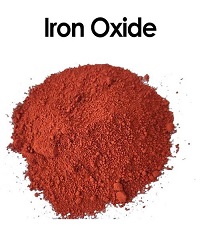
What about the Vignon vaporgraphic theory?
"We view the evidence to be quite conclusive in ruling out the Vignon vaporgraphic theory as an image formation hypothesis."
E. Jumper and R. Rogers, "Summary Overview of Research," p.8
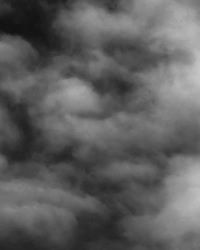
"We can conclude for now that the Shroud image is that of a real human form of a scourged, crucified man. It is not the product of an artist. The bloodstains are composed of hemoglobin and also give a positive test for serum albumin."
- Summary of Official Statement
issued by
The Shroud Of Turin Research Project
(STURP)
About This Section
This "Science Says..." area is focused upon only one thing: sharing the unbiased, proven, peer-reviewed, accepted scientific facts behind the Shroud Of Turin.
Much of the information in this section comes as a direct result of the hands-on research performed by the Shroud Of Turin Research Project (STURP).
